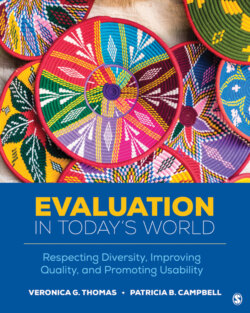Читать книгу Evaluation in Today’s World - Veronica G. Thomas - Страница 58
На сайте Литреса книга снята с продажи.
The HeLa Story: 1950s and Beyond
ОглавлениеUntil the New York Times best seller The Immortal Life of Henrietta Lacks (Skloot, 2010) was published, and subsequently presented as a dramatic television film, Henrietta Lacks was virtually unknown to the general public. At the age of 30, Lacks, a working-class, African American tobacco farmer and mother of five, living near Baltimore, Maryland, was a cancer patient in the “colored ward” of Johns Hopkins Hospital. Lacks died of an unusually aggressive form of cervical cancer in 1951 at 31 years of age. Tissue samples from Lacks were taken during her diagnosis and treatment, and portions were passed along to a researcher without her knowledge or permission, as was common practice at the time (Beskow, 2016). Lacks’s cell line, referred to as HeLa (using the first two letters of her first and last names), is the first immortal human cell line in history. HeLa remains viable today and has been used in laboratories around the world for a vast array of biomedical research, contributing to some of the most important medical advances of all time, including the polio vaccine, chemotherapy, cloning, gene mapping, and in vitro fertilization. Further, HeLa cells were the first human biological materials ever bought and sold, which helped launch a multibillion-dollar industry. In 1971, Obstetrics and Gynecology (a scientific journal) named Henrietta Lacks as the HeLa source, and this disclosure was subsequently revealed by other scientific publications, including Nature and Science, as well as the mainstream press. Reportedly, it was not until 1973, two years after Lacks’s name was published in a scientific journal as the source of HeLa cells, that her family learned about the HeLa cells. This case, while consent was not required, raises serious ethical concerns about privacy and respect for family members.
